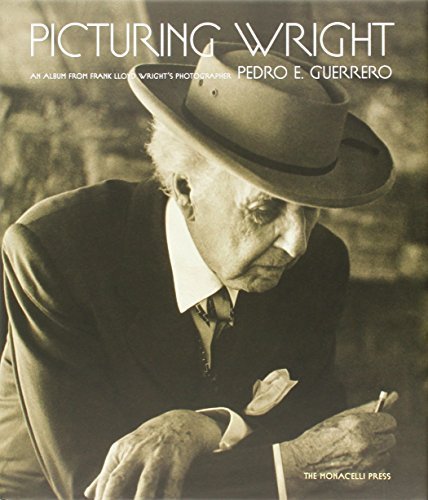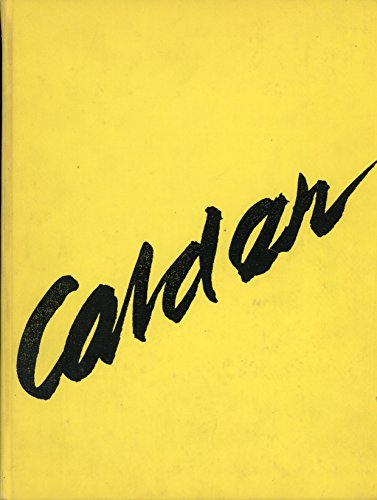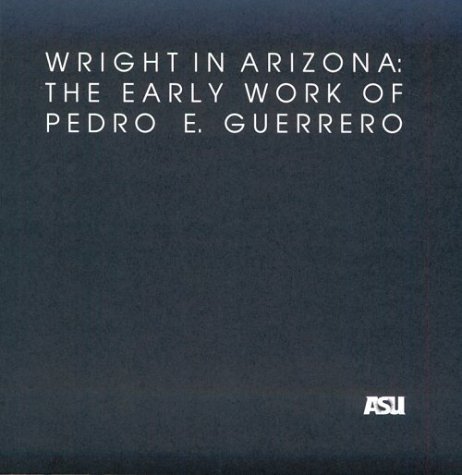Pedro E. Guerrero (September 5, 1917 – September 13, 2012) was an American photographer known for his extraordinary access to Frank Lloyd Wright. He was a sought-after architectural photographer in the 1950s. In a career shift that was part serendipity and part the result of being blacklisted by the major shelter magazines for his stance against the Vietnam War, he later concentrated on documenting the work and lives of the American artists Alexander Calder and Louise Nevelson.
Table of Contents
- 1 Early life
- 1.1 Calder at Home: The Joyous Environment of Alexander Calder
- 1.2 American Masters: Pedro E. Guerrero: A Photographer's Journey
- 1.3 Pedro E. Guerrero: A Photographer's Journey with Frank Lloyd Wright, Alexander Calder, and Louise Nevelson
- 1.4 American Masters: Pedro E Guerrero - Photographer
- 1.5 Picturing Wright: An Album from Frank Lloyd Wright's Photographer by Guerrero, Pedro E.(March 3, 2015) Hardcover
- 1.6 Picturing Wright: An Album from Frank Lloyd Wright's Photographer (THE MONACELLI P)
- 1.7 Calder by Arnason, H.H.
- 1.8 Wright in Arizona: The Early Work of Pedro E. Guerrero (School of Architecture Historical Publications) by Bernard Michael Boyle (1996-01-04)
- 1.9 El destino de una Marquesa (Serie Manchester nº 4) (Spanish Edition)
- 1.10 ZHOU Thyroid Support Complex with Iodine | Energy, Metabolism & Focus Formula | Vegetarian, No Soy or Gluten | 30 Servings, 60 Caps
Early life
Guerrero was born in Casa Grande, Arizona, to Rosaura and Pedro W. Guerrero, a sign painter who much superior would found Rosarita, one of the first classified ad Mexican food companies in the United States. The Guerrero relatives moved to a one-room house built upon the footprint of a tent platform in Mesa, Arizona, soon after his birth.
All his life, Guerrero spoke cuttingly of the casual bigotry he encountered growing happening in Mesa, and he viewed his confession in 1937 to the Art Center School, then in Los Angeles, as deliverance.
Guerrero’s seven-decade career in photography began in 1939 similar to the architect Frank Lloyd Wright impulsively hired him to cassette the ongoing construction at his winter home, Taliesin West, in Scottsdale, Arizona. Just 22 and an Art Center dropout, Guerrero had never seen whatever like Wright’s “desert camp,” and he approved to treat it exactly as it appeared to him, as sculpture. The resulting photographs sympathetic the architect, and Wright soon invited him to member his Fellowship. Guerrero recorded the indigenous Taliesin in Spring Green, Wisconsin, and new Wright projects in the past enlisting in the Army Air Corps in 1941. He was stationed in Italy, where he was a photo officer, running a laboratory that developed film taken from planes during bombing runs.
After his encouragement in World War II, Guerrero rekindled his membership with Wright, resuming an intimacy that has been described as that of a daddy and son. When it was attainable for Wright to command his photographer of choice, it was always Guerrero. Guerrero’s arrangement of Wright, forged both in the drafting room and even if waiting for the sun to fall just so upon a redwood beam, made him an important interpreter of the architect’s work. His Wright photographs are featured in dozens of books, including the definitive testing of his work, “In the Nature of Materials,” by Henry-Russell Hitchcock. Guerrero often included people in his photographs, especially members of the Taliesin Fellowship, which gave the architecture a human scale and furthermore showed how people lived in the buildings. As one of the few adept to meaninglessness with the architect, Guerrero shot some of the forlorn photographs that function him in a relaxed mode.
Last update 2021-08-06










